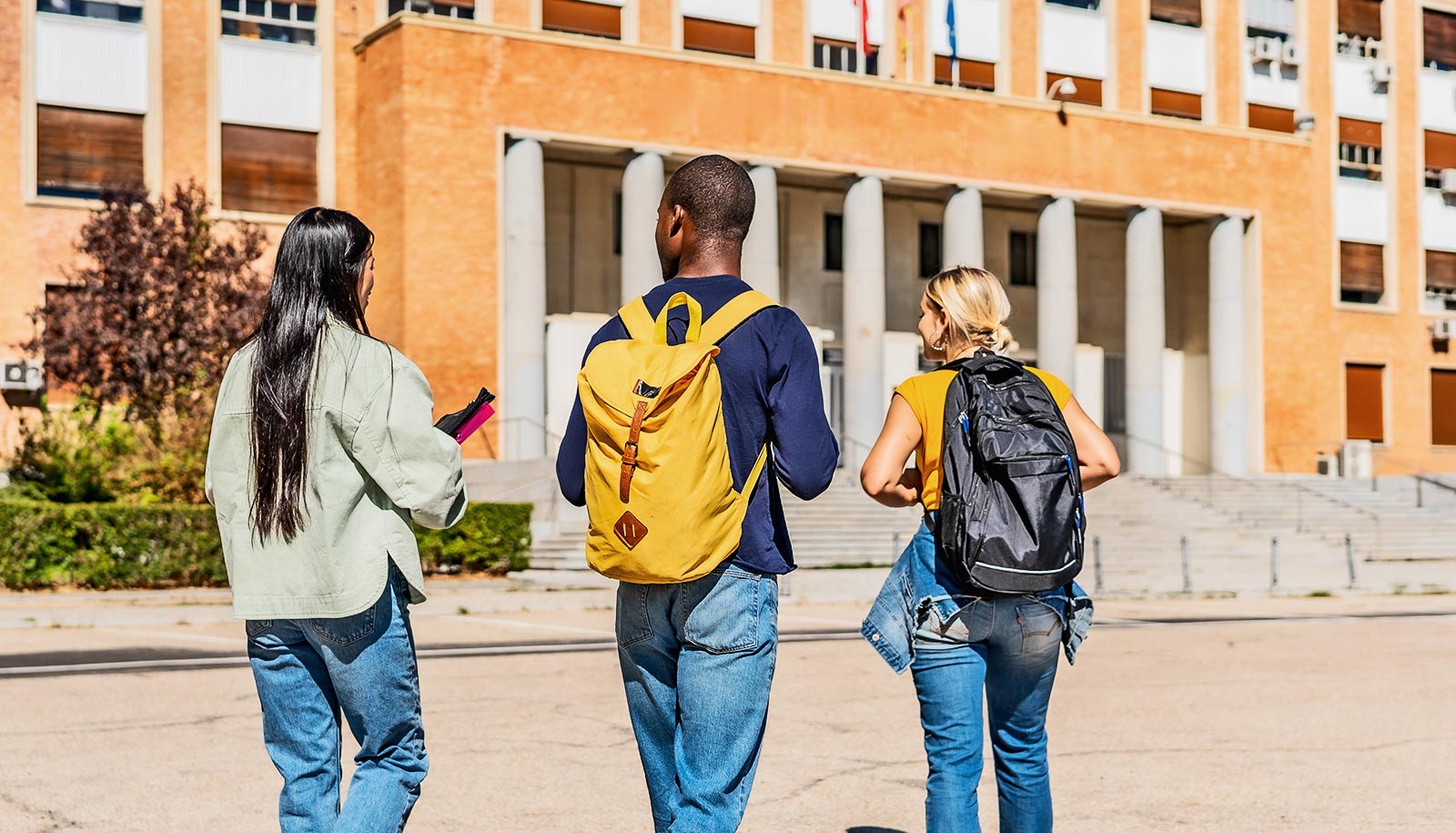Economic insecurity is related to the rate of gun violence at kindergarten-12th grade and postsecondary schools in the United States, a new study of a quarter-century of data suggests.
The connection is persistent connection over time in the country as a whole, across various regions of the country, and within affected cities, including Chicago and New York City.
“The link between education and work is central to our expectations about economic opportunity and upward mobility in America,” says John L. Hagan, professor of sociology at Northwestern University. “Our study indicates that increases in gun violence in our schools can result from disappointment and despair during periods of increased unemployment, when getting an education does not necessarily lead to finding work.”
Frequent school shootings have been a major concern in American society for decades, but the causes have defied understanding. For the new study, published in the journal Nature Human Behaviour, researchers used data from 1990 to 2013 on both gun violence in US schools and economic metrics, including unemployment, to get some answers.
For kids, gunshot wounds are worst kind of injury
“Our findings highlight the importance of economic opportunity for the next generation and suggest there are proactive actions we could take as a society to help decrease the frequency of gun violence,” says Adam R. Pah, clinical assistant professor of management and organizations.
Other key findings include:
- While Chicago is singled out in the study as one of the six cities with the most incidents from 1990 to 2013, Chicago schools are not any more dangerous than schools in other large cities.
- Gun violence at schools has not become more deadly over time.
- Most shootings are targeted, with the shooter intending to harm a specific person.
- Gang-related violence and lone mass shooters comprise only small fractions of the gun violence that occurs at US schools. Gang-related violence constitutes 6.6 percent of all incidents.
The results suggest that during periods of heightened unemployment, increased gun violence may be a growing risk in American college and university settings.
The findings also show that the rate of gun violence at schools has changed over time. The most recent period studied (2007-2013) has a higher frequency of incidents than the preceding one (1994-2007), contradicting previous work in this area.
“Our work helps us understand why the frequency of gun violence at schools changes, not necessarily why gun violence at schools in the United States exists at all,” says Luis Amaral, professor of chemical and biological engineering.
Symbols of upward mobility
In the last 25 years, there have been two elevated periods of gun violence at US schools, the researchers found; 2007-2013 was largely due to events at postsecondary schools while 1992-1994 more often involved events at K-12 schools.
Hallucinations rarely precede mass shootings
The researchers say the study stands apart from earlier research on gun violence in US schools by considering the school-to-work transition in American society.
“We spent days doing nothing but reading about violence at schools, which is quite possibly the saddest thing I’ve had to do for research.”
“Once we consider how important schools are to American ideas about economic opportunity and upward mobility, we can better understand why school settings are revealed in our research as focal points of violent responses to increased unemployment,” Hagan says. “Prior research about gun violence in schools has not adequately analyzed these connections.”
381 shootings
For the new study, the researchers collected previously used data sets, collated them into a single one and then individually sourced and read reports for each event to make sure it was actually an incident of gun violence at a school. The process yielded 379 events meeting the researchers’ strict criteria, and two additional events were found, for a total of 381 events for the final data set.
“We spent days doing nothing but reading about violence at schools, which is quite possibly the saddest thing I’ve had to do for research,” Pah says.
The researchers focused on all gun violence at schools, not only mass shootings. They used the following criteria for an event to be included in the study: (1) the shooting must involve a firearm being discharged, even if by accident; (2) it must occur on a school campus; and (3) it must involve students or school employees, either as perpetrators, bystanders, or victims.
Next, the researchers evaluated the timing of these events against multiple indicators of economic distress, including unemployment, the foreclosure rate and consumer confidence. They then hypothesized that increased school shootings are a response to increasing unemployment and tested that hypothesis in two additional ways.
The results strongly support the hypothesis that a breakdown in the school-to-work transition contributes to an increase in gun violence in US schools.
Source: Northwestern University



